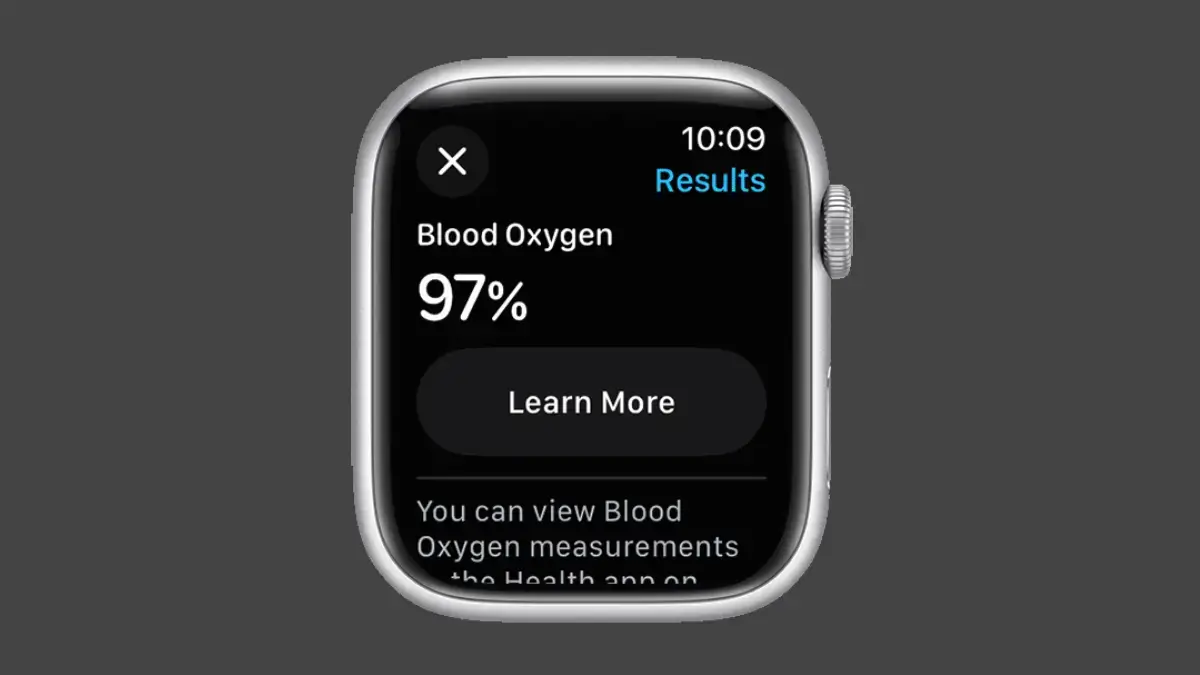Apple has restored a redesigned Blood Oxygen monitoring experience to some Apple Watch models in the United States via iOS 18.6.1 and watchOS 11.6.1 updates. The move follows a customs ruling that allowed Apple to re-enable the functionality for affected devices — but the implementation has been adjusted to meet regulatory and legal requirements.
What’s changed in the new design
Rather than showing a one-step reading fully processed on the watch, the updated flow measures data on the Apple Watch and then shares it with the paired iPhone for the final calculation and display in the Health app’s Respiratory section. That two-device approach is Apple’s way of restoring the capability while addressing the concerns that previously led to the feature’s removal.
Why the feature was removed in the first place
Apple disabled the Blood Oxygen option on certain U.S. Apple Watch units in early 2024 after a patent dispute with medical-technology company Masimo culminated in an import restriction from the U.S. International Trade Commission. That legal backdrop forced Apple to ship some watches without the feature until the recent change at U.S. Customs.
Who gets it, and where
The reintroduction applies to Series 9, Series 10 and Apple Watch Ultra 2 models in the U.S. that previously lacked the functionality due to the restrictions; watches sold outside the U.S. or units that already had the feature enabled weren’t affected in the same way. Apple says the update will roll out to eligible users via the iOS and watchOS updates.
What this means for users and developers
For owners, the practical effect is simple: if your affected watch didn’t show Blood Oxygen before, watch for the iOS 18.6.1 / watchOS 11.6.1 update and check the Respiratory tab in the Health app after installing. For developers and those tracking wearable health features, Apple’s workaround demonstrates how software architecture (shifting processing between devices) can be used to navigate legal and regulatory hurdles.
The legal fight isn’t over
Even as Apple re-enabled the feature, Masimo has challenged U.S. Customs’ decision in court, arguing the reversal of earlier restrictions was improper. That means the status of imports and feature availability could see further changes depending on legal outcomes.

